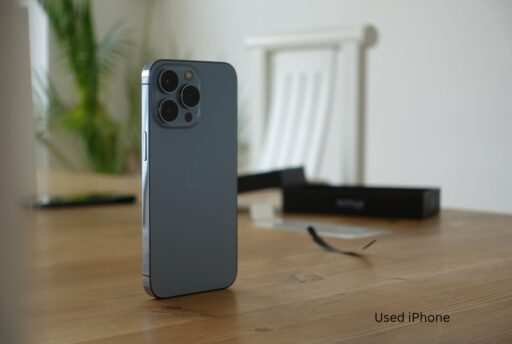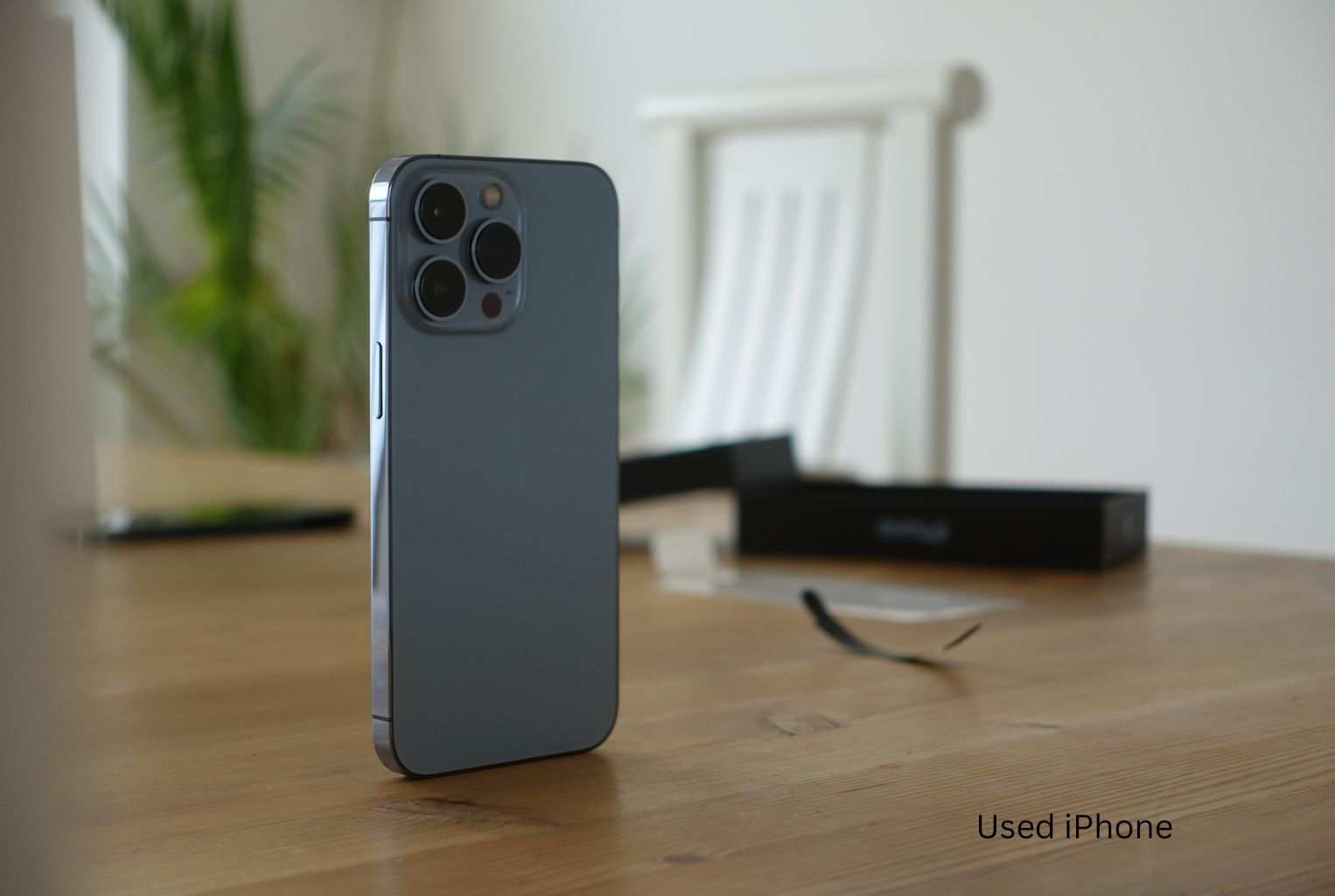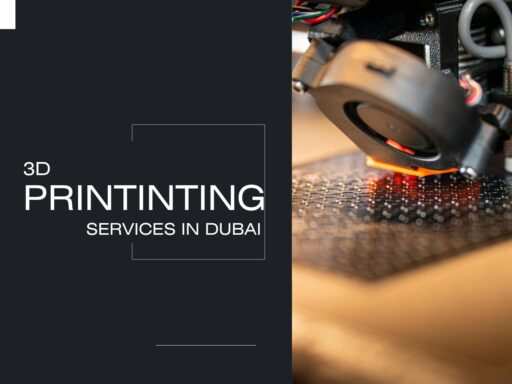Thinking of buying a used iPhone? It’s a smart move if you want to save cash and still get an Apple device. But buying used comes with its own set of problems. Whether you’re buying from a stranger online, a retailer or a friend, you need to be careful.
In this post we’ll walk you through 5 essential tips to get a good device without any hidden surprises. From checking the condition to checking the iPhone’s history, these will help you make a smart and safe purchase.
Why Buy a Used iPhone?
Before we get to the tips, let’s talk about why buying a used iPhone is a good idea. iPhones are known for their durability and performance even after years of use. Many people upgrade to newer models frequently so there are plenty of gently used iPhones out there that still work great.
By buying a used iPhone you can:
- Save a lot of money.
- Avoid long term contracts with carriers.
- Help reduce electronic waste by recycling technology.
But it’s not always straightforward. To get the best deal, remember these tips.
Tip #1: Check the iPhone’s Physical Condition
What to Inspect Physically
When buying a used iPhone, the first thing you’ll want to do is inspect the physical condition. Even if it looks good at first glance, there are a few things to look out for:
- Screen: Check for any cracks, scratches or dead pixels on the display. The screen is the most expensive part to replace so make sure it’s good.
- Buttons: Make sure the home button, volume buttons and power button are working smoothly. Any stiffness or malfunction means internal issue.
- Cameras: Test both front and rear cameras to make sure they’re working. Take a few photos to check the quality.
- Body: Check the body for dents, scratches or any signs of dropping. A few small scratches may not be a deal breaker but big dents can affect the iPhone’s performance.
How to Check for Water Damage
Another thing to check is if the used iPhone has been water damaged. You can check this by looking at the Liquid Contact Indicator (LCI). This small strip turns red if the phone has been in water. On most iPhones it’s located in the SIM card slot.
Tip #2: Check the iPhone’s Battery Health
The battery is one of the most important parts of any iPhone. Batteries degrade over time which means shorter battery life and more frequent charging. When you buy a used iPhone you need to check the battery health.
How to Check Battery
For iOS 11.3 or later, go to Settings > Battery > Battery Health. This will show you the battery’s capacity. If it’s below 80% it’s time to replace the battery.
If you can’t check this, ask the seller about the battery’s performance and if it’s been replaced. Replacing a battery is cheap but good to know if you’ll need to do it soon after purchase.
Tip #3: iPhone is Not Carrier Locked
What is Carrier Locked?
Many iPhones are carrier locked which means they won’t work with any other network until they are unlocked. If you buy a used iPhone that is still carrier locked you have limited options for which carrier you can use.
How to Check Carrier Lock
To check if a used iPhone is carrier locked go to Settings > General > About and look for the “Carrier Lock” section. If it says “No SIM restrictions” the phone is unlocked and can be used with any carrier.
Or ask the seller to put in a different SIM to see if it takes it. If you’re going to use the iPhone with a specific carrier make sure it’s unlocked before you buy.
Tip #4: Check IMEI or Serial Number
Every iPhone has a unique identifier called IMEI (International Mobile Equipment Identity) or serial number. This number is important because it will help you verify the iPhone’s authenticity and if it’s stolen or blacklisted.
How to Find IMEI
You can find the IMEI number on the used iPhone by going to Settings > General > About. Once you have the number you can use it to check the phone’s status on Apple’s support page or a carrier’s database.
Why Check IMEI
Checking IMEI is important because a blacklisted or stolen iPhone won’t connect to a network. You want to make sure the used iPhone you’re buying is clean and not associated with any suspicious activity.
Tip #5: Check the iPhone’s Functionality
Beyond the physical condition and carrier status, make sure all the features work.
What to Check
Here are a few things to check before you buy:
- Touchscreen: Does the touchscreen respond to taps and swipes?
- Wi-Fi and Bluetooth: Test the Wi-Fi and Bluetooth to see if they work.
- Speakers and Microphone: Play a song or make a call to test the speakers and microphone. Any distortions or bad sound?
- Charging Port: Plug it in to charge to see if it charges. A bad charging port can be expensive to fix.
Conclusion: Is Buying a Used iPhone Worth It?
Buying a used iPhone is a great way to save money and get one of the best phones out there. But do your research and make sure you’re buying one that will last you for years to come.
By following these 5 tips—physical condition, battery health, not carrier locked, IMEI check, and test all functions—you can buy a used iPhone worry free.
Don’t forget: buy from a good seller and don’t be impulsive. A few extra minutes of research will save you a world of trouble!



